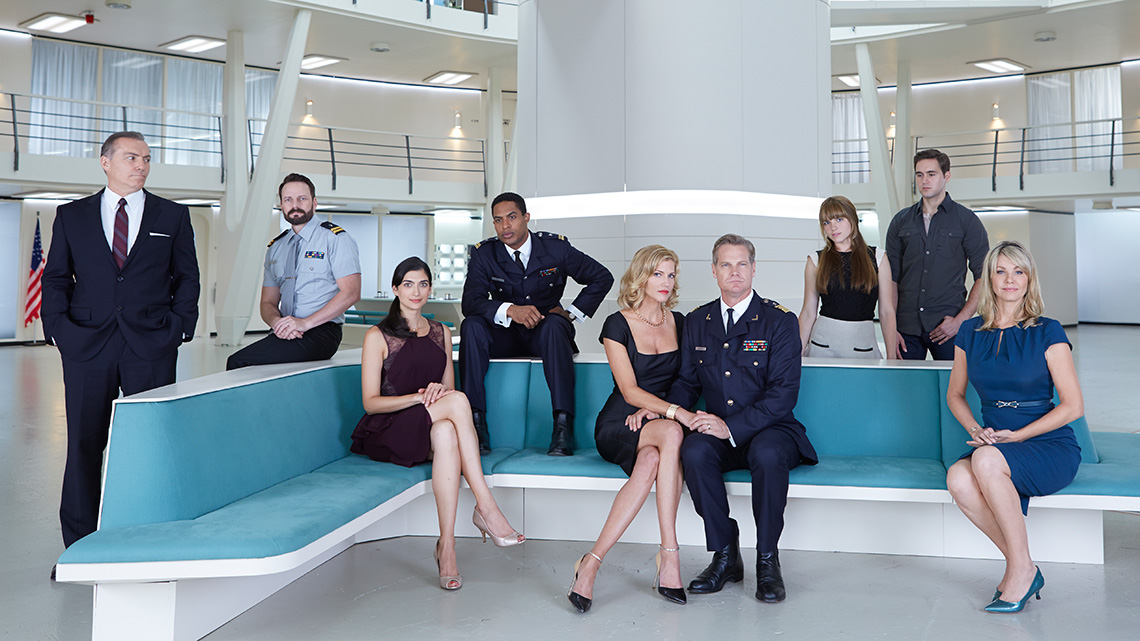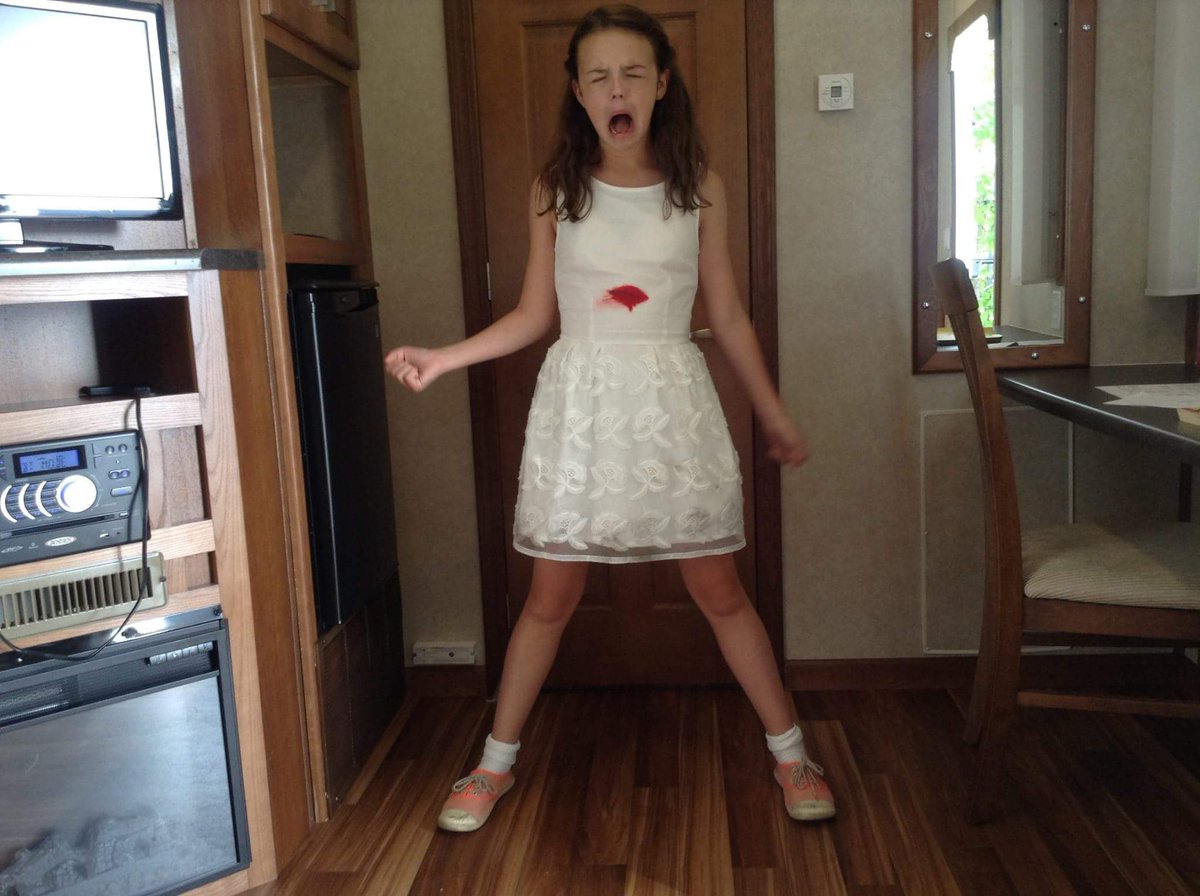

The headset featured a low-resolution screen, making users feel like they were sitting too close to an old TV. The Oculus Rift DK1, which was what the company shipped out to backers, wasn’t perfect.

By the end of its Kickstarter campaign, Oculus had raised $2.4 million. Within 24 hours, the project exceeded its $250,000 funding goal. Still, VR enthusiasts and game developers were impressed by their ambitious plans to revive an industry where so many have failed. In fact, the specs weren’t great, and the design was chunky.

Mind you, they weren’t pitching a polished and refined headset. Within weeks, Luckey dropped out of college to officially launch his VR company, OculusVR.Įncouraged by the hype at E3, the duo launched Oculus Rift on Kickstarter in August 2012, promising a VR experience unlike any other. This attracted significant attention - people’s excitement toward Luckey and Carmack’s new virtual reality project mounted in online forums. A few months later, Carmack would demo these same prototypes at E3, one of the biggest trade events for the gaming industry. In a forum dedicated to his beloved interest, Luckey found himself chatting with John Carmack, the renowned lead programmer of popular games including Doom, Wolfenstein 3D, and Quake.Ĭarmack, who also had a deep interest in VR headsets, was impressed by Luckey’s duct-taped prototypes. It was then that Luckey was inspired to build his own - or at least attempt to.
#Kickstarter ascension tv show free
In his free time, he collected early VR headsets from the ‘80s and ‘90s, amassing a worthy collection from government auctions and industry liquidation sales. A Fateful EncounterĪs a 15-year-old, Palmer Luckey was captivated by the idea of virtual reality. Today, not only are its headsets featured prominently in every holiday gift guide, the company has forever transformed the virtual reality landscape.īut how exactly did Oculus grow from a crowdfunding sensation into a mass-market consumer brand so quickly? And what can other brands learn about keeping engagement and interest high after initial buzz and excitement dwindles? (Or, in Oculus’s case, when your acquisition faces widespread backlash.) Consider this everything you need to know about Oculus’s meteoric rise. Two short years later, they were acquired by Facebook for a whopping $2 billion. Nine years ago, Oculus raised $2.5 million on Kickstarter.


 0 kommentar(er)
0 kommentar(er)
